If you live in the US, you’ve probably seen Celestial Seasonings’ “Red Zinger” tea in your local grocery store. But what exactly is a “red zinger”?
I’d never really thought about it until I was being shown around the vegetable garden at Hana Farms, and someone pointed to a thin bush saying, “that’s hibiscus, you know, red zinger, you can make tea from it.”
If you can make tea from it, my interest is peaked, so I decided to try it out.
After some internet research, I discovered that this wasn’t going to be as easy as I’d expected. Most recipes for hibiscus or red zinger tea suggest that you buy dried hibiscus calyces at the grocery store. What are “calyces,” you ask?
Further internet research informed me that they’re the buds of the plant with the seeds removed. When E and I headed out into the garden to harvest some calyces, though, we still felt unsure about the best way to make this tea. I had no intention of taking the time to dry the buds because I’m lazy, but also because I wanted to take advantage of having access to the fresh hibiscus plant.
So, we did the sensible thing and began tasting the different parts of the plant. The small leaves had the most flavor — a citrus finish — while the buds and flowers didn’t taste like much.
We collected a few flowers and buds, but focused on harvesting the leaves and then brought them to the kitchen where we boiled water.
They proceeded to not steep. Hmm….
Luckily, one of the other people at the farm saw what we were doing and said, “oh, it works well if you boil the leaves and the water together.”
So, into a pot they went. Unfortunately, after being boiled, a strange white film formed at the edges of the pot. It was probably harmless, but I didn’t really want to drink it, so E suggested we use a coffee filter to strain the infusion.

And voila!
Red Zinger tea made from fresh hibiscus leaves.
I wish I could say it tasted as lovely as it looks. E thought it had an artificial raspberry flavor while I just thought it tasted like a plant… in a way that tea normally doesn’t. I felt that I could taste the stems.
It wasn’t bad. I added a little sugar and the tea went down smoothly, but I think I’ll need to keep experimenting with this one before I call it a success. Luckily, Hana Farms tapped a keg of home-brewed Chocolate Stout this evening, so I was able to wash down a mug of pretty good tea with a pint of excellent beer.
Cheers!

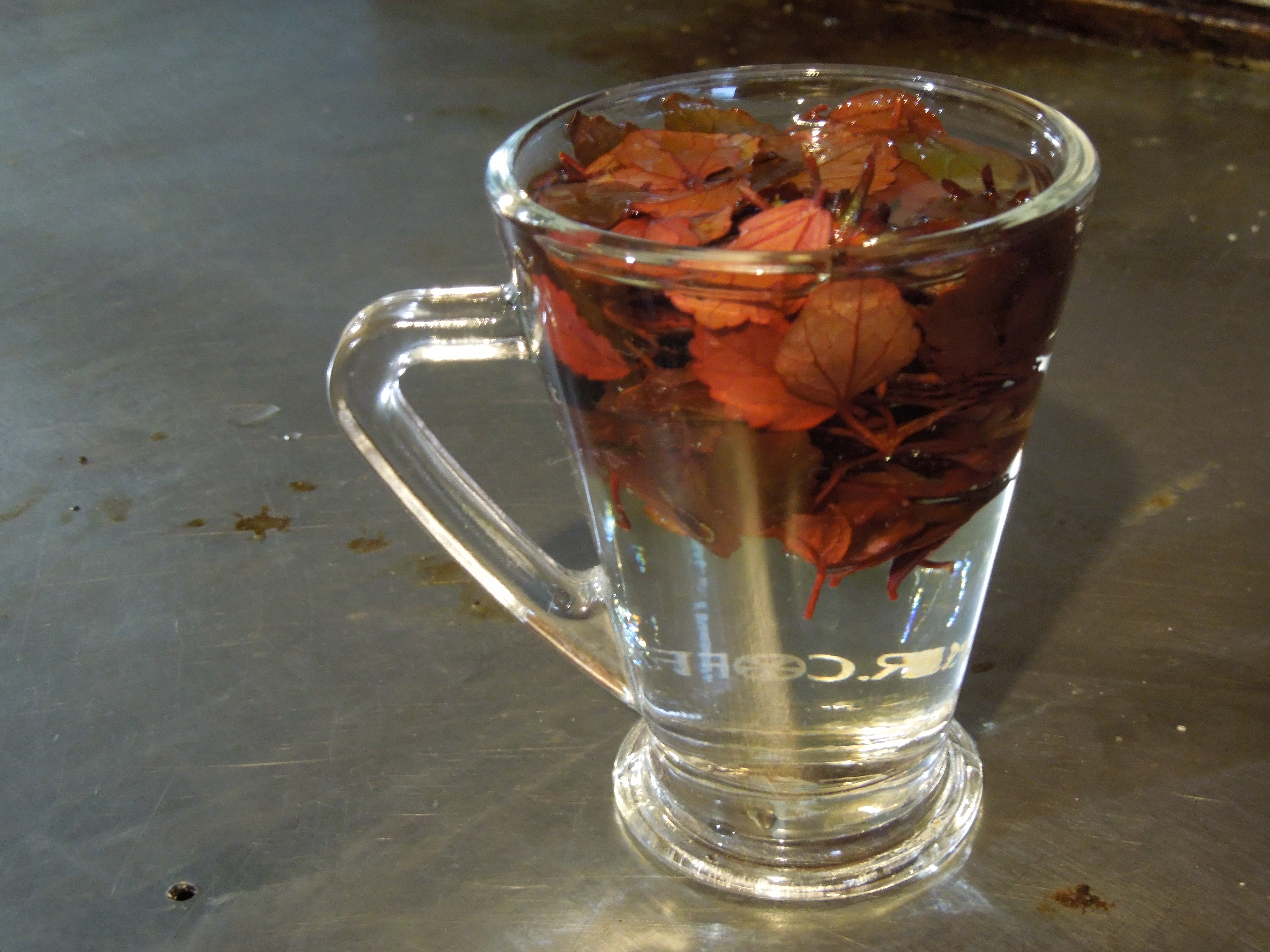
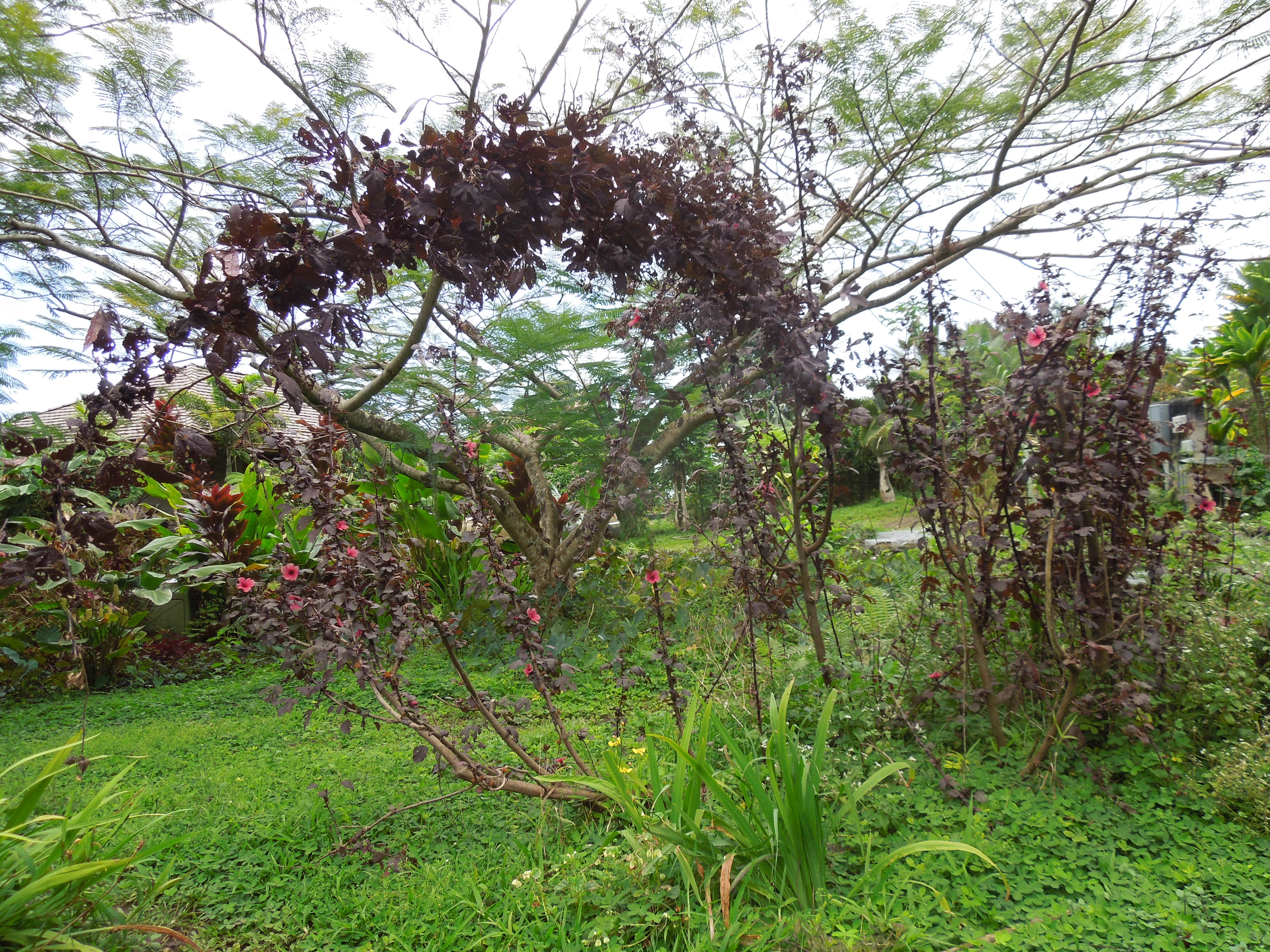
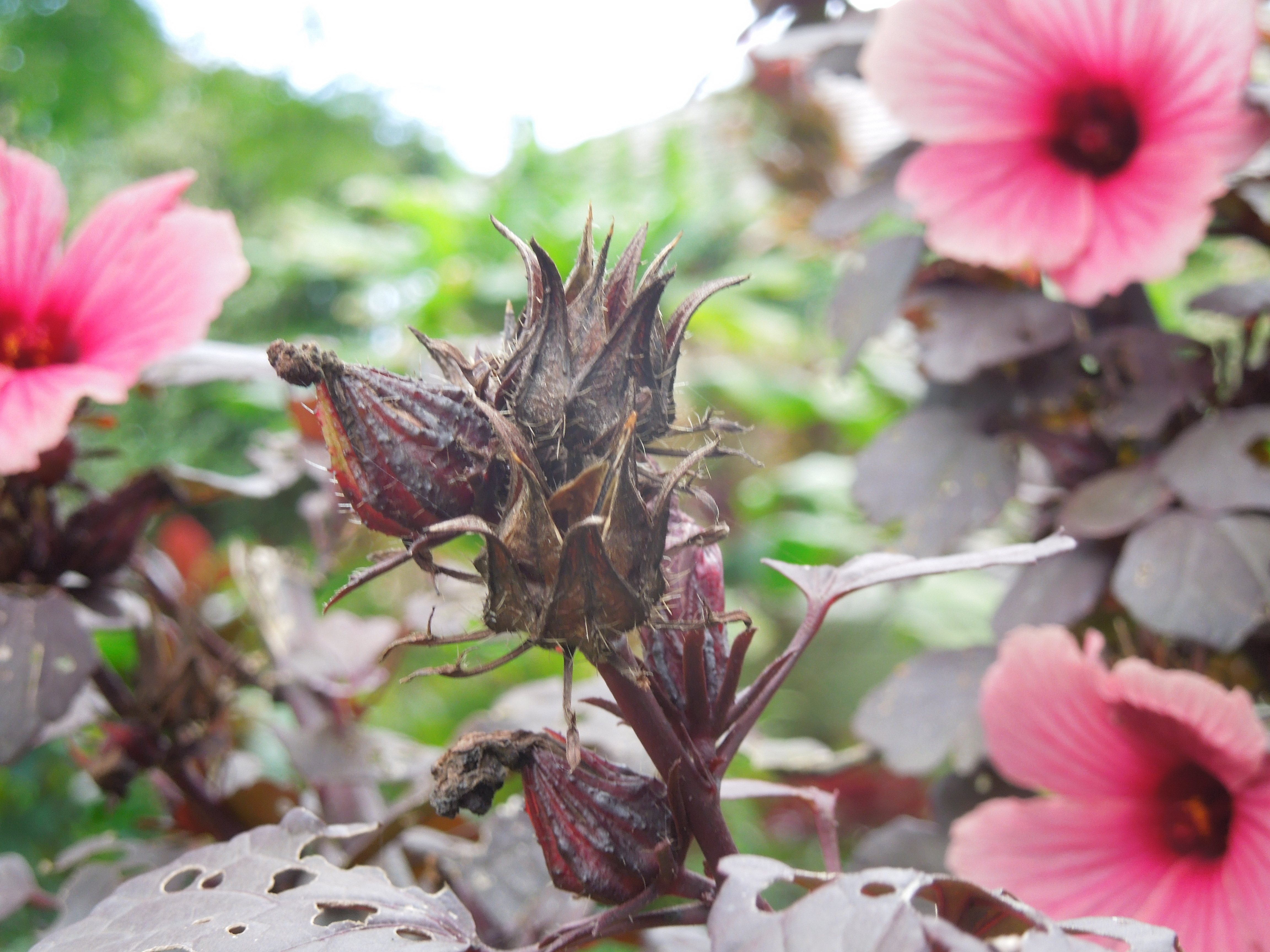

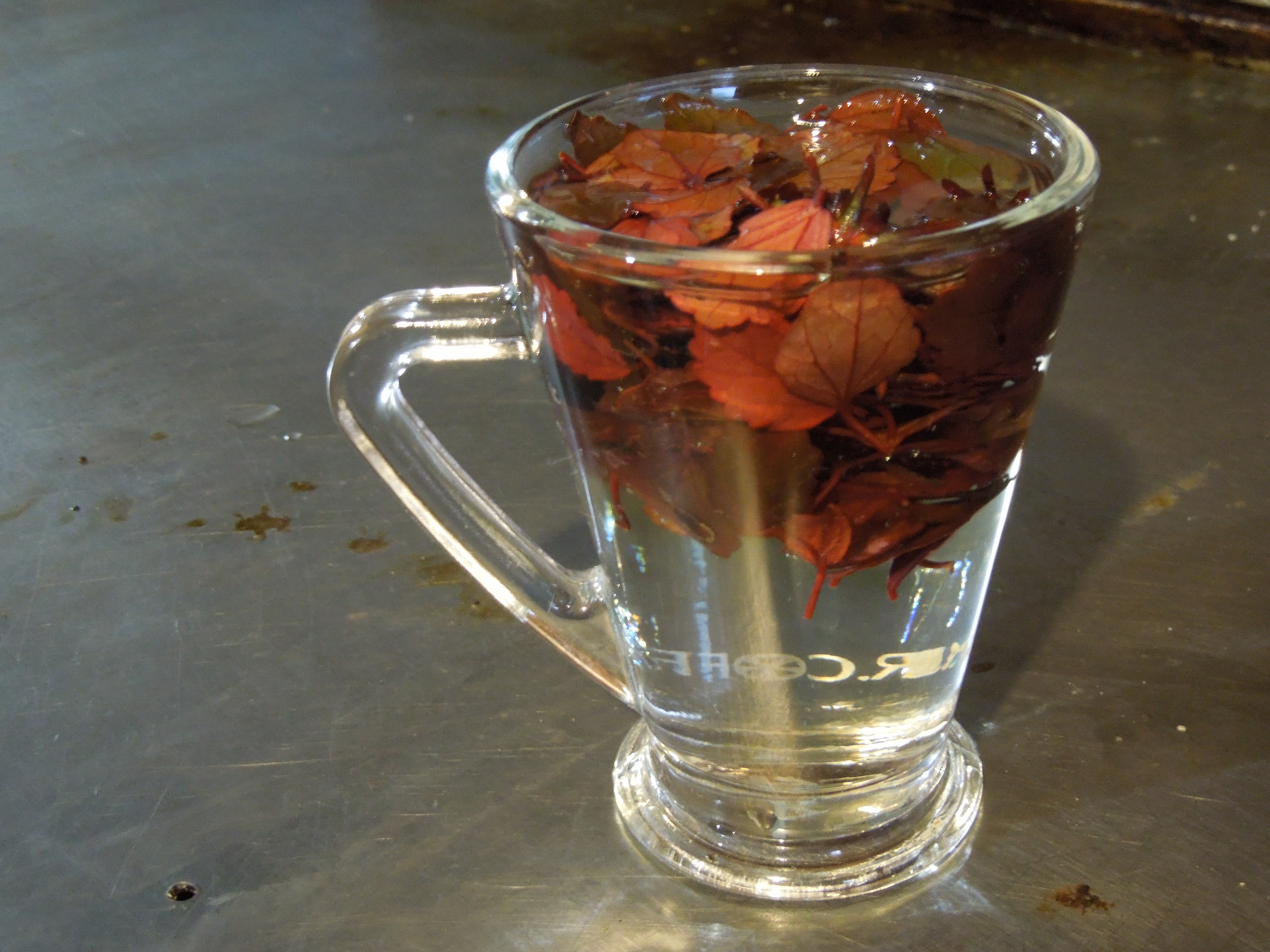

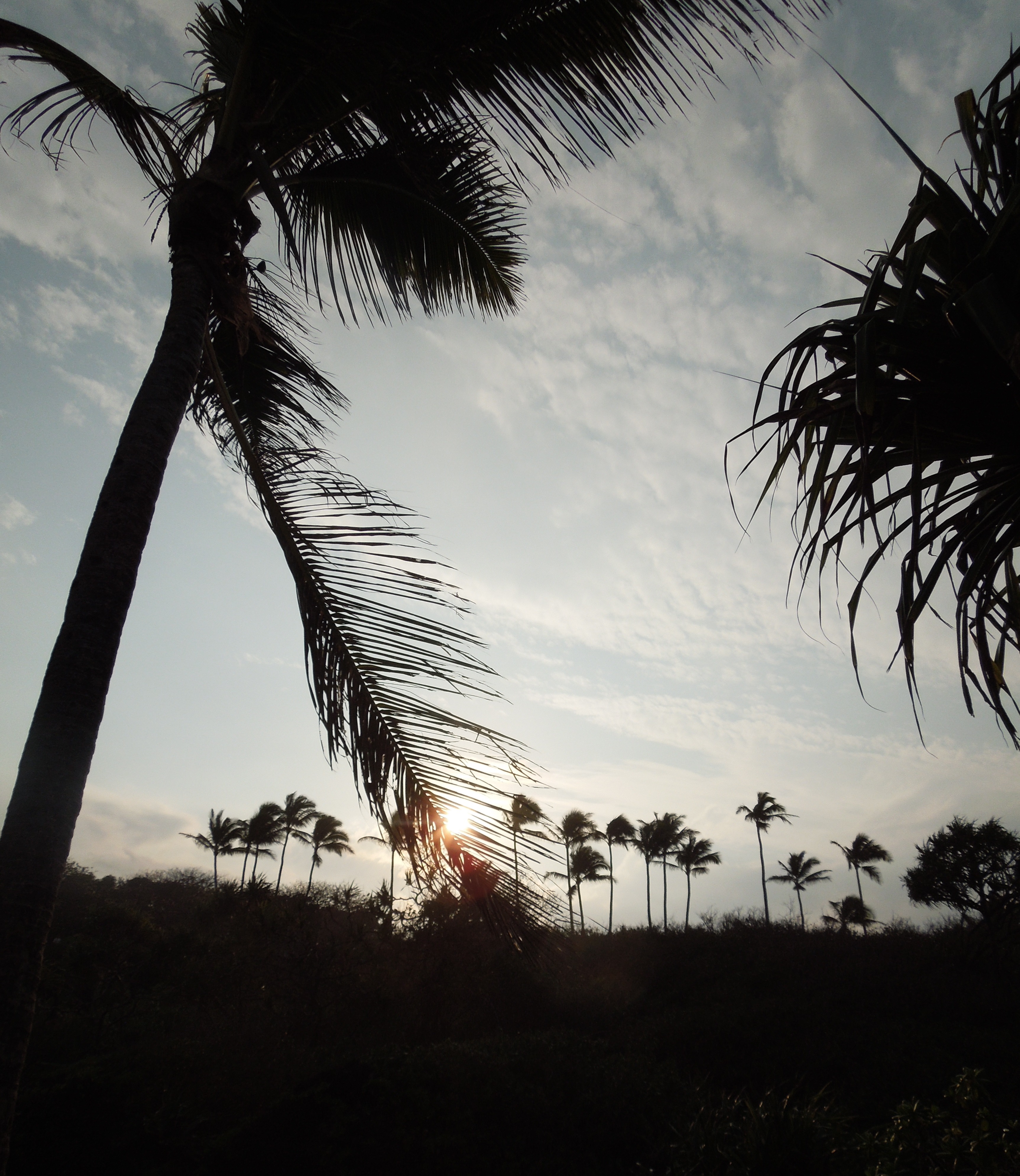
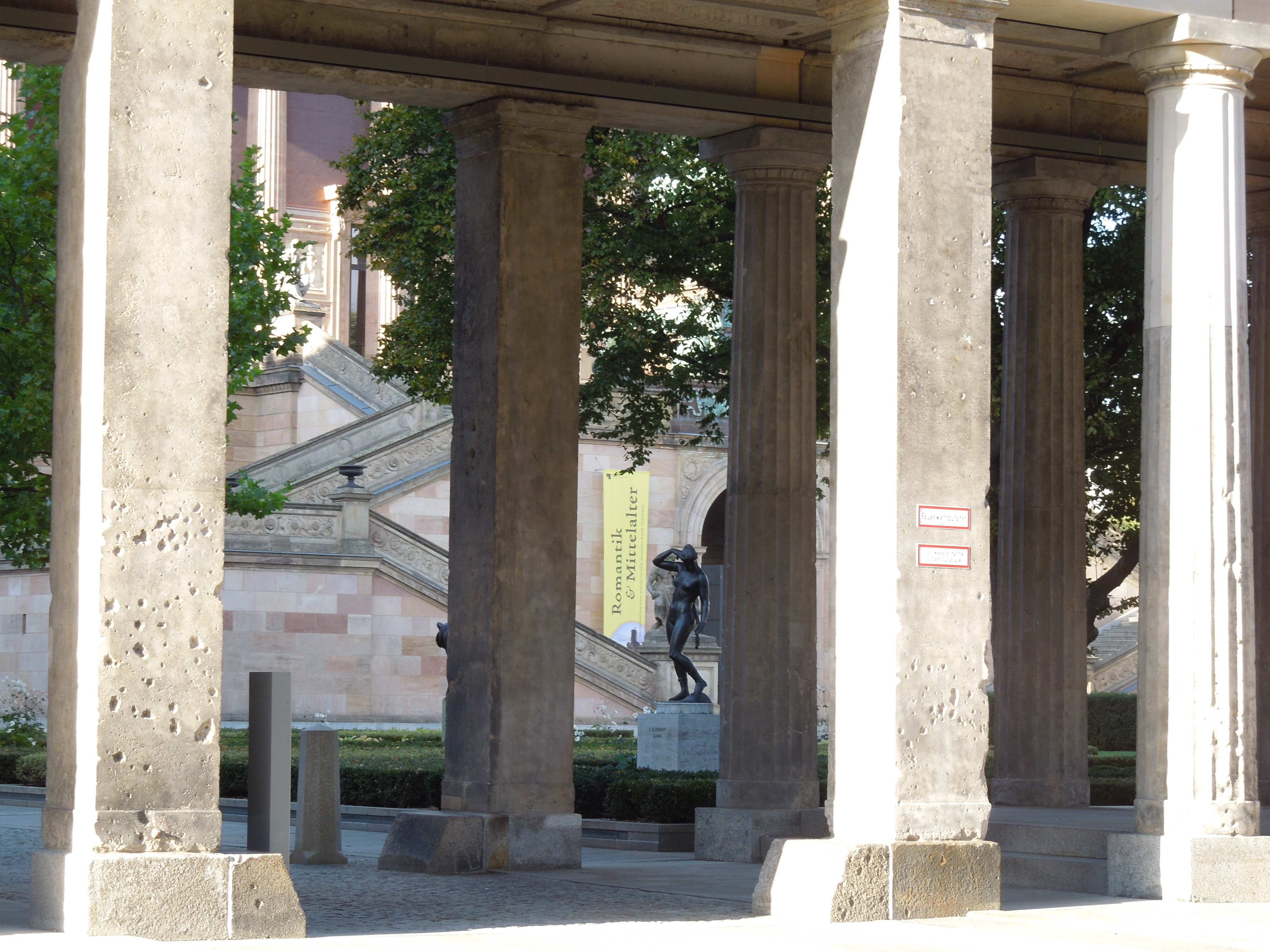
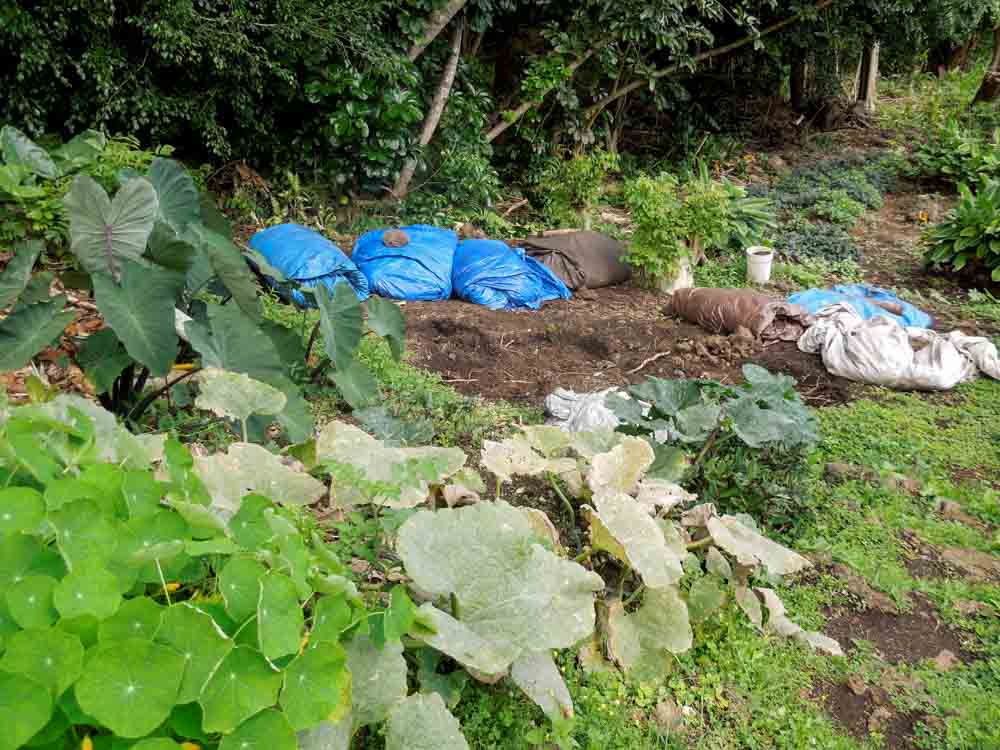

4 Comments
Priscilla Purinton
The color is lovely. Maybe that’s why it is usually one of a number of ingredients in a tea… one for the color, another for flavor….
opportunemma
I added sugar to help the flavor! Fresh mint tea tastes good with mint as the only ingredient, but I guess that doesn’t hold true for all infusions.
Jean ODonnell-Northup
emma, Is the “chocolate stout” made from cocoa? I had thought that the red color in red zinger tea might have been from rose hips. Jeannie
________________________________
opportunemma
I finally asked what was in the chocolate stout. The barley was roasted to the point that it adds a chocolate-y flavor to the beer, but includes no actual chocolate.